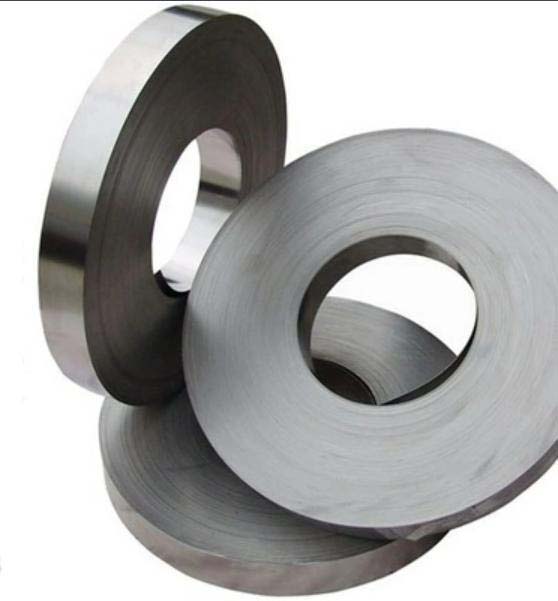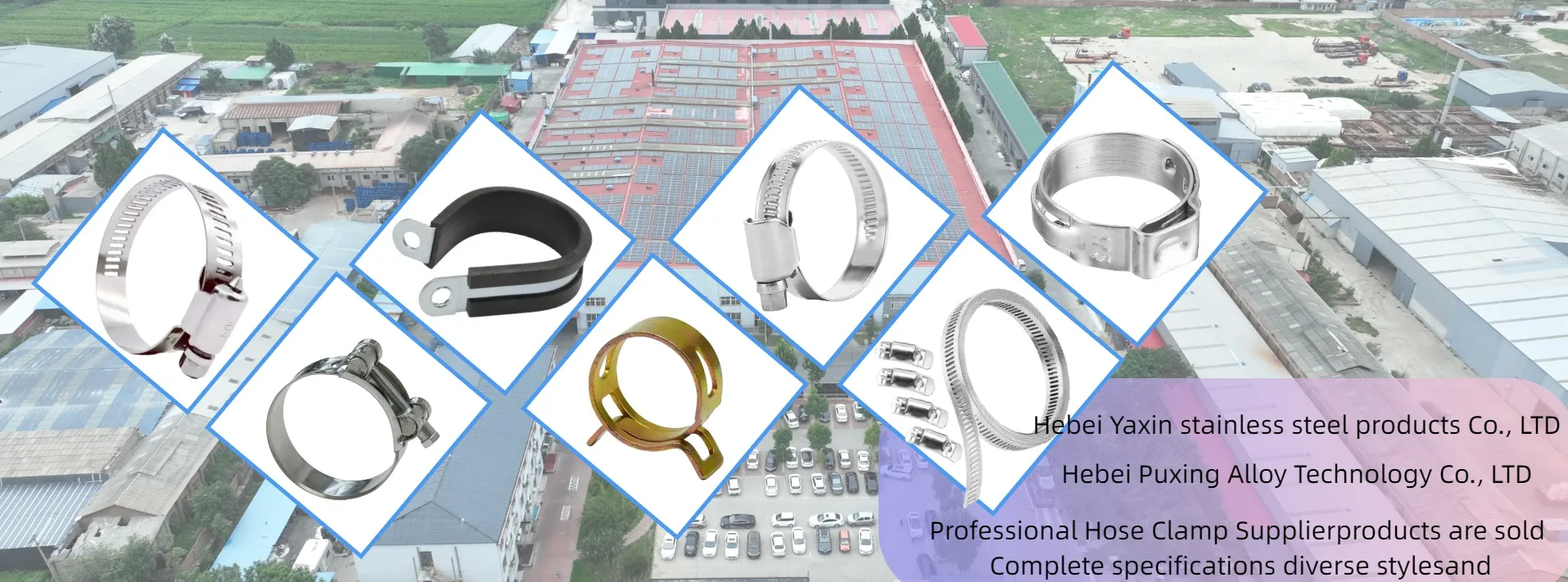- Phone:+86-17331948172 +86-0319-8862898
- E-mail: inquiry@puxingclamp.com
Sep . 07, 2024 04:58 Back to list
Premium RV Hose Clamps | Durable and Reliable Solutions for Your RV
Understanding RV Hose Clamps Essential Accessories for Your Travel Experience
When it comes to maintaining a recreational vehicle (RV), often overlooked components play a significant role in ensuring a smooth and trouble-free journey. One such component is the RV hose clamp. Though small and seemingly insignificant, these clamps are vital for the proper functioning of various systems within your RV, particularly plumbing and fuel systems.
What Are RV Hose Clamps?
RV hose clamps are mechanical devices designed to secure hoses onto fittings. They provide a tight seal, preventing leaks and ensuring that fluid flows as intended. Available in various sizes and materials, hose clamps are essential for connecting different components, such as radiators, fuel lines, and water pipes. Their primary purpose is to hold hoses onto fittings without damaging the hoses themselves, which makes them an indispensable part of RV maintenance.
Types of Hose Clamps
There are several types of hose clamps available for RV owners
. The most commonly used types include1. Spring Clamps These clamps use tension to hold hoses tightly against fittings. They are easy to install but may not be easily adjusted once placed.
2. Screw Clamps Featuring a screw mechanism, these clamps can be tightened or loosened as needed. This adjustability makes them popular for various applications within an RV.
3. Wire Clamps These are simple, lightweight, and cost-effective options. However, they may not provide as secure a fit as other types, especially under varying pressure conditions.
rv hose clamps

4. Ear Clamps These are typically used for low-pressure applications and can be slightly more challenging to install and remove than other types.
Why Are Hose Clamps Important?
Hose clamps play a critical role in preventing leaks in your RV's plumbing and fuel systems. A minor leak can lead to significant issues, such as water damage, decreased fuel efficiency, or even catastrophic failures that could leave you stranded on the road. By ensuring that hoses remain securely attached, hose clamps help to maintain system integrity and performance.
Maintenance and Installation
Regular inspection of hose clamps is crucial for RV owners. Over time, these clamps can corrode, loosen, or stretch, compromising their effectiveness. Inspect clamps for signs of wear or rust, particularly in areas exposed to moisture. If you notice any damage, it’s essential to replace them promptly.
When installing hose clamps, ensure they are appropriately sized for the hose and fitting. A loose clamp can lead to leaks, while an overly tight one can damage the hose. It's advisable to distribute pressure evenly around the hose for a secure fit.
Conclusion
In summary, RV hose clamps may be small in size, but their importance cannot be overstated. By selecting the right type of clamp and ensuring proper installation and maintenance, RV owners can prevent leaks and ensure their systems function optimally. Next time you're prepping for a road trip, don’t forget to check those hose clamps; your adventure depends on the little things! With proper care and attention, these unassuming devices can contribute significantly to a hassle-free and enjoyable RV experience.
-
Large Stainless Steel Adjustable American Type Hose Clamp - Hebei Pux Alloy Technology Co., Ltd|Corrosion Resistance&High Breaking Torque
NewsJul.30,2025
-
Large Stainless Steel Adjustable American Type Hose Clamp - Hebei Pux Alloy Technology Co., Ltd
NewsJul.30,2025
-
Large Stainless Steel Adjustable American Type Hose Clamp - Hebei Pux Alloy Technology Co., Ltd|Corrosion Resistance&Industrial Applications
NewsJul.30,2025
-
Large Stainless Steel Adjustable American Type Hose Clamp-Hebei Pux Alloy Technology Co., Ltd|Corrosion Resistance, Adjustable Design
NewsJul.30,2025
-
Large Stainless Steel Adjustable American Type Hose Clamp - Hebei Pux Alloy Technology Co., Ltd. | High Breaking Torque & Corrosion Resistance
NewsJul.30,2025
-
Large Stainless Steel Adjustable American Type Hose Clamp - Hebei Pux Alloy Technology Co., Ltd
NewsJul.30,2025




